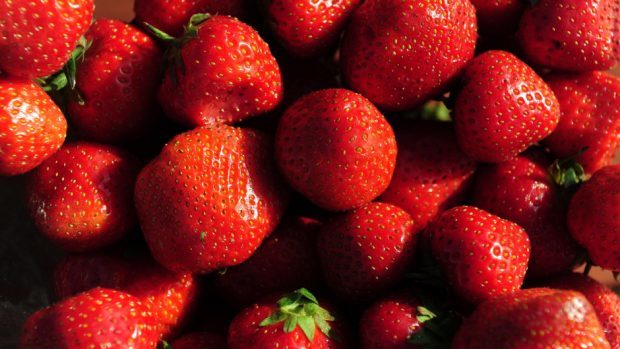A team of scientists from Aberdeen University is using drone technology to develop a new pest monitoring system for soft fruit growers.
The team hopes to prevent catastrophic damage to Scottish soft fruit crops by helping alert farmers to the presence of the fruit fly Drosphila suzukii.
Also known as Spotted Wing Drosphila, the pest poses a serious threat to commercial fruit crops including strawberries and raspberries.
Scientists from Aberdeen will work alongside researchers from Zurich University and the University of Wageningen in the Netherlands to try and develop a way of using drones to monitor, identify and alert growers to the presence of the fly.
The three-year project has been funded by Defra.
Dr David Green from the University of Aberdeen said although the pest was predominantly a problem for growers south of the border, it was beginning to move north with some reported near Dundee.
“Early detection is key to prevention, however current monitoring methods usually involve manually checking traps for signs of the fruit fly, which is very time-consuming and inefficient if you are going from trap to trap over acres of land,” added Dr Green.
“What we are aiming to develop is an automated system where drones fitted with cameras would fly over so-called ‘sticky traps’ which would trap the fly but in a way that allows it to be identified from the air.”
He said the main challenge of the project would be developing a method that automatically identified the presence of the fly among other pests.
“Our Dutch partners at the University of Wageningen are specialists in image processing, and our aim is to develop an image-capturing and processing system that can recognise the fly and carry out an automatic count in order to determine the density of the infestation,” added Dr Green.
“From there a fast alert can be issued to growers and they can undertake the necessary action to prevent the destruction of their crop, which in many cases can amount to many thousands of pounds.
“Ultimately, our goal is to develop a system which has real value for soft fruit growers – many of whom operate on tight margins – that can help protect their livelihoods.”










